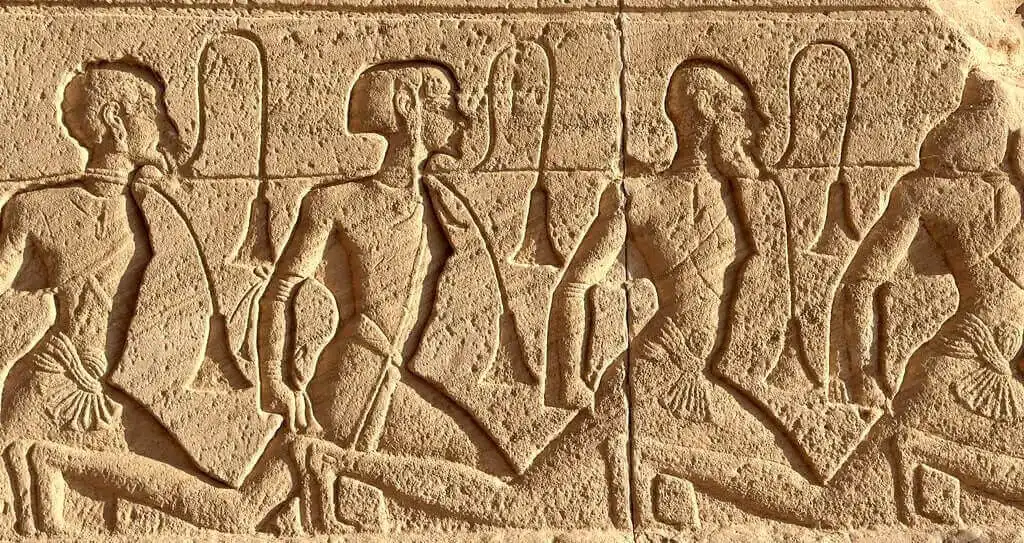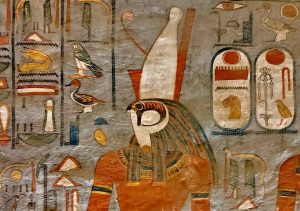The end of the New Kingdom brought the tumultuous Third Intermediate Period (c. 1069–747 BCE). This era marks the beginning of Egypt’s centuries-long shift from an imperial power to a land frequently dominated by foreign rulers. The Third Intermediate Period saw political splintering, followed by successive waves of conquest during the Late Period by Libyans, Nubians, and Assyrians. Ultimately, the cultural blending of the Ptolemaic dynasty, which arose after the conquests of Alexander the Great, and the subsequent Roman administration defined Egypt’s final historical chapters. These centuries represent a profound transformation in the timeline of ancient Egypt.

Layover Tour in Cairo
This August, my boyfriend and I had quite a long layover in Cairo, 9 hours to be exact. Instead of wasting our time at the airport, we decided to do a layover tour of the city. I had been before, but my boyfriend hadn’t, so we wanted to hit the




























